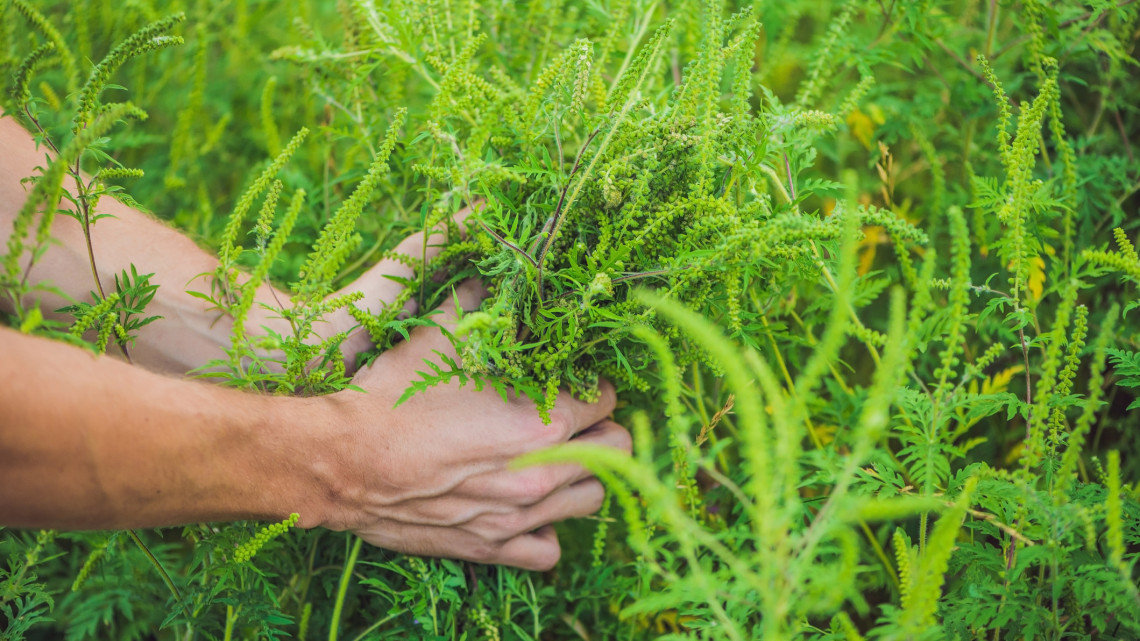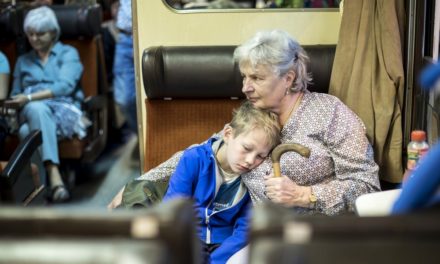True to my promise in my previous article - after presenting the rapid spread of ragweed and the symptoms of ragweed allergy - this time we will talk about the treatment options.
Ragwort causes extremely unpleasant symptoms for almost one and a half million people in Hungary. Since hay fever and asthma caused by ragweed cannot be cured, the goal would be prevention and the maximum extermination of ragweed. On average, the flowering of the plant begins at the end of July, and the allergic symptoms caused by it last until the middle of October.
During this period, symptomatic treatment is possible, the basis of which is largely antihistamines. A wide range of preparations is already available, but among them, the use of modern, non-sedating third-generation antihistamines (desloratidine, levocetirizine, fexofenadine, bilastine) is recommended.
Non-absorbable steroid preparations that act on the nasal mucosa and the appropriate eye drops are also important in the treatment.
However, in preparation for next year's season, it is also worth considering long-term solutions: allergy symptoms can be treated permanently with the help of so-called allergen-specific immunotherapy.
Immunotherapy is the only known causal treatment for allergic diseases. During allergen immunotherapy, the T-cell immune response changes, allergen-specific IgE decreases. A second immune response induces a shift in the allergen-specific T-cell immune response. In our country, immunotherapy exists against a wide variety of allergens (in addition to plant pollens, mites, fungi, and cat dander), knowing the exact allergen is obviously important for proper treatment.
If several detected allergens cause complaints, we treat one at a time, and this is always the more common allergen, in most cases it should be ragwort.
With treatment lasting two to three years, long-term symptom relief or a significant 80 percent reduction in symptoms can be achieved. Based on the patients' experiences, a significant improvement can be seen in the next season, in the first year of treatment.
However, the good news is that the pollen concentration has started to decrease due to the cooling and rain in recent days, and October is approaching, when allergy sufferers can literally breathe a sigh of relief.
You should also know, however, that due to the peak concentration of the past period, a significant amount of pollen may have accumulated in our homes. This results in the paradoxical situation that the pollen load is lower outdoors than in apartments. It is now recommended to thoroughly ventilate, perform wet mopping, and change curtains, bed linen, and textiles, because this way we can remove the amount of pollen that has accumulated in our home.
The autumn-winter period offers an opportunity to rethink the treatment plan. The immunotherapy detailed above is absolutely recommended for those who have suffered a lot in recent weeks.
Because despite all our medical efforts, unfortunately, in some cases we only achieve partial success, complete symptom relief is not achieved. The immunotherapy should be started a few months before the start of the next season, i.e. in the case of ragweed in February, March at the latest.
In this process, we use an easily administered (in the form of a spray under the tongue) containing a diluted allergen, in increasing doses. With this, we sensitize the body to the given allergen, so that it is prepared to wait for the real pollen season.
Those who survived the summer ragweed season with a good quality of life with medication and symptomatic agents (nasal spray, eye drops) should also consider starting immunotherapy at the beginning of next year. With this treatment, you can finally get rid of the unpleasant symptoms.
Author: Dr. György Temesszentandrasi
Cover image: Weeds should be eradicated as thoroughly as possible
Source: fot.hu













